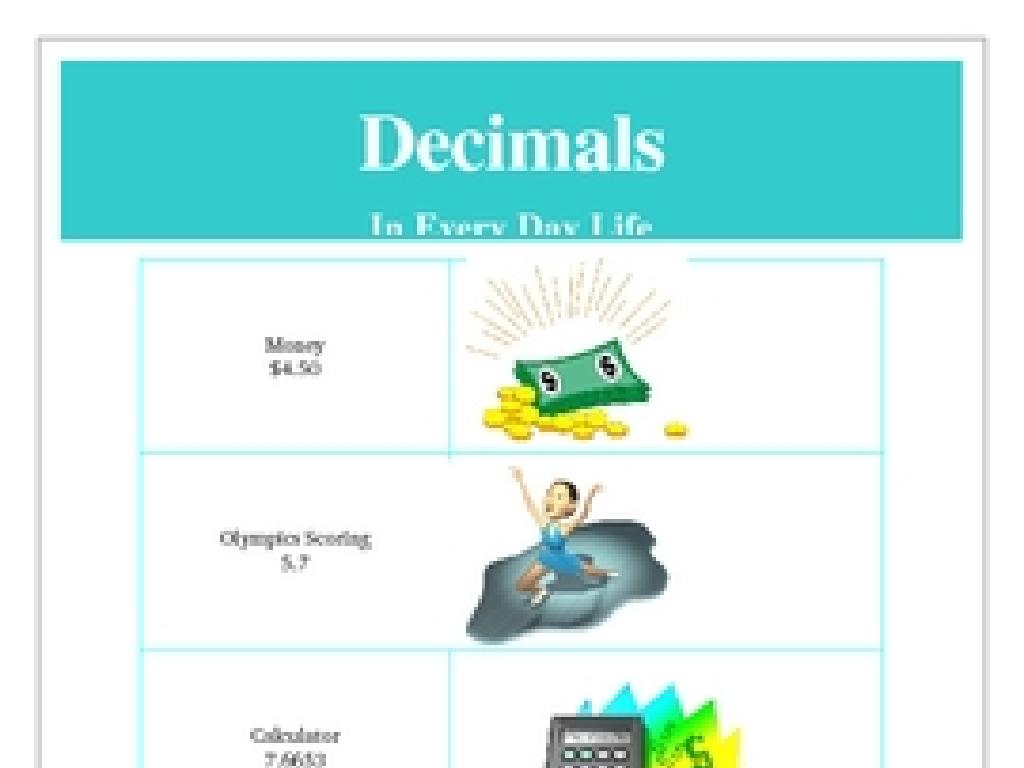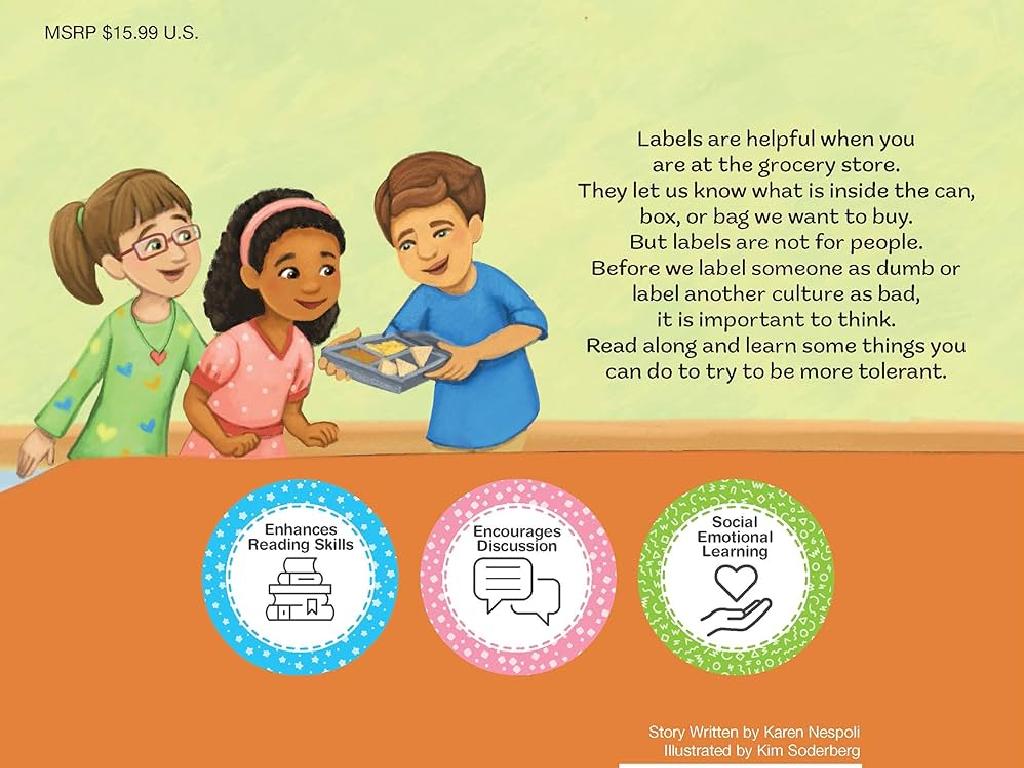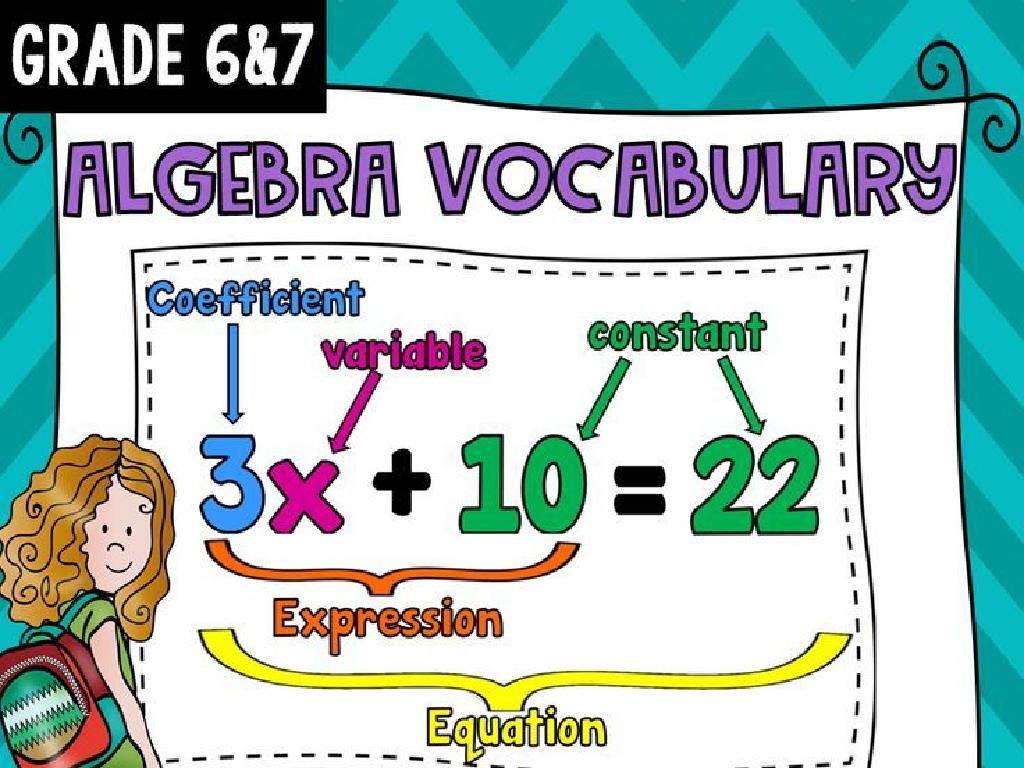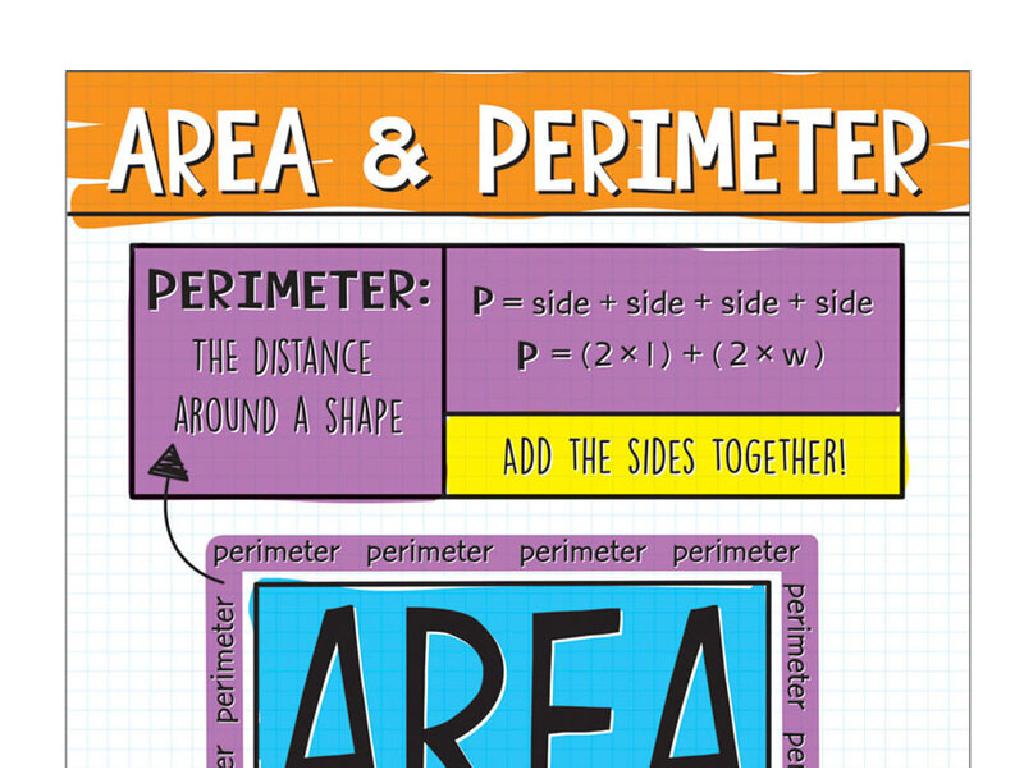Add With Cubes - Sums Up To 10
Subject: Math
Grade: Kindergarten
Topic: Addition Up To 10
Summary: Introduce Kindergarten students to basic addition using colorful cubes and hands-on activities that make learning math fun and interactive. This engaging lesson helps children visualize number combinations and understand how to add up to 10 by stacking and counting cubes. Through games, group work, challenges, and real-world examples, young learners build foundational skills in counting and problem-solving. Each activity encourages participation, teamwork, and creative thinking while reinforcing number sense with tactile learning tools.
Please LOG IN to download the presentation. Access is available to registered users only.
View More Content
Welcome to Addition with Cubes!
– Learning to add numbers
– Using cubes for addition
– Cubes make it fun to see numbers come together
– Addition shows total items
– If you have 3 apples and get 2 more, how many now?
– Practice sums up to 10
– Let’s add cubes to make numbers 1 to 10!
|
This slide introduces the concept of addition to kindergarten students using a hands-on approach with cubes. Start by explaining that addition is a way to find out how many items we have altogether. Use physical cubes to demonstrate how two groups of items can be combined into one larger group, which represents the total. Show examples of adding different numbers of cubes together to reach sums up to 10, ensuring to count out loud with the students. Encourage the children to participate by asking them to predict the total before cubes are combined. This interactive method helps solidify the concept of addition in a tangible and engaging way.
Learning to Add with Cubes
– What is addition?
– Addition means putting numbers together to get a total.
– Combining groups together
– Like combining 2 sets of blocks to see how many you have now.
– The ‘+’ sign
– It tells us to add the numbers on each side of it.
– Adding up to 10 with cubes
– Use cubes to add numbers until you reach 10.
|
This slide introduces the concept of addition to Kindergarten students. Start by explaining that addition is simply combining two or more numbers to find out how many items there are in total. Use tangible examples like adding blocks or cubes together, which they can visualize and touch. Show the addition sign and explain that it’s like a little cross that tells us to put numbers together. Then, demonstrate with cubes how to add numbers in different combinations up to the sum of 10, ensuring to use real cubes for hands-on practice. Encourage the students to try different combinations of cubes to reach the sum of 10, reinforcing the concept through play and tactile learning.
Adding with Cubes: Sums Up to 10
– Cubes help visualize addition
– Visual aids make learning addition fun
– Each cube equals one unit
– Understand that one cube is like saying ‘1’
– Combine cubes for total sum
– Physically grouping cubes shows how addition works
– Practice adding up to 10
|
This slide introduces the concept of using cubes as a visual and tactile method to teach addition to Kindergarten students. Each cube represents a single unit, and by combining them, students can see how numbers add up to create a new total. It’s a hands-on way to understand the concept of addition. Encourage students to practice with real cubes, starting with smaller numbers and gradually adding more until they reach the sum of 10. This activity will help solidify their understanding of basic addition and prepare them for more complex math concepts.
Let’s Practice Adding with Cubes!
– Start with 3 cubes
– Add 2 more cubes
– Count all cubes together
– Combining the groups and counting each one
– Find the total number of cubes
– 3 cubes plus 2 cubes equals 5 cubes
|
This slide is designed to introduce the concept of addition to Kindergarten students using a tangible example with cubes. Start by showing 3 cubes and then adding 2 more. Have the students count along as you combine the cubes. This visual and interactive method helps them understand that addition is putting together and counting the total. After combining the cubes, ask the students to count all the cubes to find the total. Reinforce the concept by repeating the exercise with different numbers of cubes, always summing up to 10 or less. Encourage the students to use their fingers if they don’t have cubes. The goal is to make them comfortable with the idea of addition as a way of finding out ‘how many in total’ when two groups are combined.
Adding with Cubes Up to 10
– Practice addition with examples
– Count each cube one by one
– Make sure to point at each cube as you count
– Add numbers using cubes
– Use the cubes to visually add 2 and 3 or 4 and 5
– Sums will not exceed 10
– Check that the total cubes are 10 or fewer
|
This slide is designed to engage Kindergarten students in a hands-on activity to learn addition with sums up to 10. Start by demonstrating several examples of addition using physical or visual cubes. Encourage the students to count each cube individually to ensure accuracy. Use the cubes to visually represent addition problems, such as 2+3 or 4+5, and guide the students to combine the groups of cubes to find the total. Reinforce the concept that the sums they are working with will not exceed 10. For the activity, provide different sets of cubes to the students and let them explore adding different numbers together. Monitor their progress and assist as needed. The goal is to build their confidence in counting and addition through interactive play.
Your Turn to Add with Cubes!
– Try adding with your own cubes
– Add numbers up to 10
– Show your cube stacks to the class
– Stack your cubes to show each number, then put them together for the total
– Share how many you counted
– Tell us the total cubes in your stack
|
This slide is designed to engage Kindergarten students in a hands-on activity to practice addition with physical cubes. Provide each student with a set of cubes and call out different addition problems that sum up to 10 or less. Encourage the students to use their cubes to represent each number in the problem and then combine the stacks to find the total. After they have added the cubes, ask them to share their answers and show their cube stacks to the class. This will help them visualize the concept of addition and reinforce their counting skills. Possible activities include adding 2+3, 4+1, 5+5, and so on. Make sure to walk around the classroom to assist any students who may need help and to confirm their answers.
Cube Addition: Let’s Make 10!
– Pair up for cube addition
– Each pair gets a set of cubes
– Find ways to make 10 with cubes
– Try 1+9, 2+8, 3+7… What else?
– Share your combinations with the class
– Tell us how you made 10!
|
This class activity is designed to help Kindergarten students understand the concept of addition by using a hands-on approach with cubes. Each pair of students will receive a set of cubes and will be encouraged to explore different combinations that add up to 10. This activity promotes teamwork and practical application of addition. As a teacher, facilitate the activity by guiding the students through the process, ensuring they understand the task, and helping them if they are struggling to find combinations. After the activity, ask the pairs to share their findings with the class to reinforce their learning and to celebrate their success in finding various ways to make 10.
Great Work with Cube Addition!
– Celebrate your adding skills
– Adding shows total items
– When we add, we combine groups to see how many we have altogether.
– Practice with cubes at home
– Use your cubes to add different numbers together and reach sums up to 10.
– Keep learning and having fun
|
This slide is meant to congratulate the students on their hard work during the lesson and to reinforce the concept that addition is a way of finding out the total number of items. Encourage the students to continue practicing at home with their own set of cubes, making sure they understand that practice will help them improve their skills. Remind them that learning can be fun and that they should try to enjoy the process of discovering new ways to add up to 10. Provide some simple addition problems for them to take home and practice, and encourage parents to participate in their child’s learning.
Cube Tower Challenge: Adding to 10
– Build a tower using 10 cubes
– Count each cube as you add
– Start with 1 cube, add another, now how many?
– Show your tower to the class
– Count together to 10
– Let’s count aloud as a class: 1, 2, 3, … to 10!
|
This activity is designed to reinforce the concept of addition up to 10 in a fun and interactive way. Each student will use physical cubes to build a tower, ensuring they use exactly 10 cubes. As they add each cube, encourage them to count aloud, which will help them understand the concept of incrementally adding to a total. Once their towers are built, they will present them to the class and together, everyone will count the cubes in each tower, reinforcing the number 10. This activity also helps with fine motor skills and cooperative learning. For variation, students can work in pairs or small groups, and you can challenge them to find different combinations of cubes that add up to 10.





